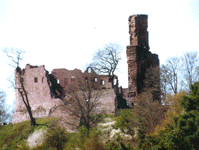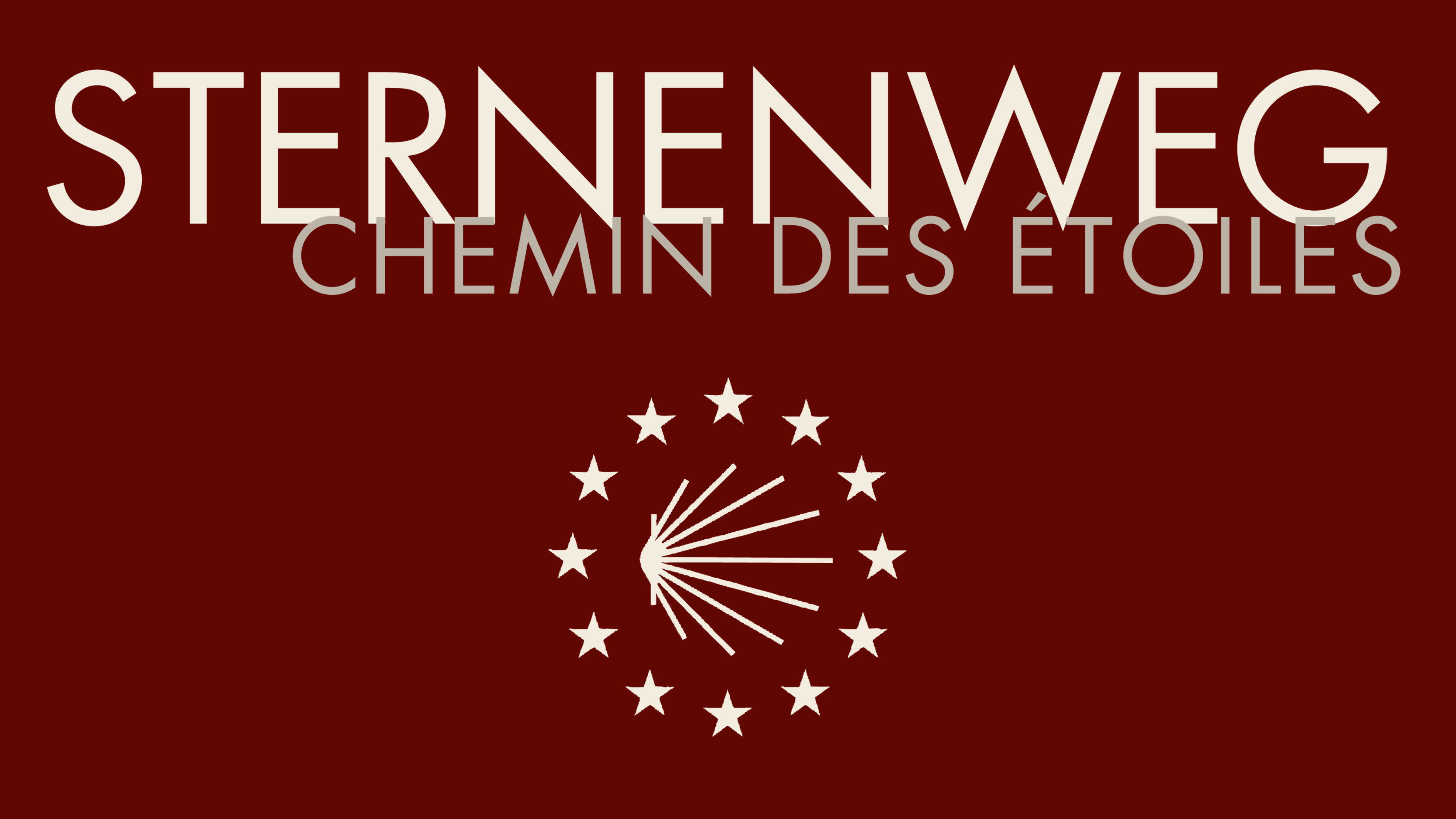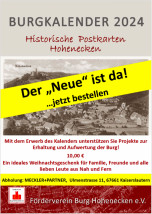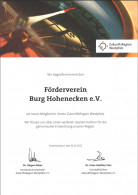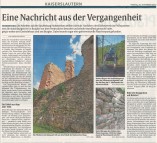Maid Hildegard
Retzenbrunnen
At this place flax was prepared for its use in clothes production.
This process was called „retzen“ or „rösten“, originally „rotten“.
Flax or linum belongs to the oldest plant fibres people made clothes from.
The glue inside the fibre is dissolved by bacteria and fungus and the parts of
the fibre were separated by the process of breaking, swinging and heckling.
After this, the fabric was spun to a yarn and then processed into linnen.
Two different processes of retting existed: the retting on the ground,
were the stems were put on an meadow for a few weeks to dry.
Another method is the retting fo the flax in cold water in fountains or moats.
There the „Retzenbrunnen“ got it´s name from.
Lime Tree
These trees have a special significance with mythological and religious symbolic power.
It is a maternal tree with heart-shaped leafs, a sweet smell and expanding tree crown
which has a special attraction and gives people the feeling of comfort.
The village lime tree used to be the the centre and meeting point of the village.
It was a place to celebrate, especially in the night before the first of May.
It was also the place for the village court.
After a war or a plague is was a tradition to plant a so called peace lime tree.
Therefore this lime tree was planted to light a beacon of hope during the Corona pandemic
here at St. Rochus the patron saint of the plague.
An initiative of the booster club Hohenecken castle, supported by the congregation St. Rochus
Fountain
The water catchment of the Schlossberg fountain is unique in the region.
It was a water supply consisting of an arch-shaped dead well extending
around the toe wall. Originally it was 60 meters long, today only a short
part is left. A few year ago it was labouriously renovated. Systems like
that existed in the middle ages, but we don´t know the date of construction
of our dead well.
Under particular geological condicions some sediment layers may contain water.
To collect this water, small channels were cut into the rock. A large wall made
of sandstone was erected and large stone slabs were used to cover the system.
This tunnel prevented the water from dirt and evaporation.
Rochuskapelle
In the year 1697 in the peace treaty of Ryswick a church in Hohenecken was mentioned,
which belonged to the Protestans. His chapel must have been build after the reformation
after the year 1565. During the War of the Palatinate succession, Kaierslautern was occupied
by the french troops on the 29.9.1688. At this time Hohenecken castle was occupied by
General Bouffleur, burned down and blown up.
During the chaos of war, the old church was damaged, it was no longer possible to attend mass there.
In the year 1747 the palatinate elector Karl Theodor supported the constuction of the Rochus Chapel.
In july 1748 the Franciscan monks announced the rebuilding of the Rochus chapel, which proves
that it was build on the same place where the old Church was located. It was dedicated to the plague
saint Rochus, in memory to the pest which raged in Kaiserslautern in the year 1666.
St. Rochus
In the year 1877 King Ludwig II passed a decree whereby Hohenecken,
Dansenberg an parts of the Breitenau should form an independent
catholic community. The first Church of Hohenecken- today´s
Rochuschapel- was too small for the increasing number of believers.
By collection and various support it was possible to enable the
groundbreaking ceremony for the new church. It took only 1,5 years
to build the church St. Rochus and on the 20th september 1897 the
inauguration took place. The construction plan in neo-Gothic style
was made by the architect Ludwig Becker who lived in Cologne.
The steep track, starting at Hildegardstraße, used to show the Station
of the Cross until the First World War. The track endet on the eastern
peak of the castle hill were still today a cross is located (near the playground).
It also plays a role in the tale of the buried treasure.
Retzendell
The „Retzendell“ got it´s name from the special climatic condicions:
cool, humid and sunny at the same time. Here flax and linnen was
produced out of the plant fibres by retting on the ground. They were
lying in swaths, a parallel row of fibres. The alternation of wet dew
and drying by solar irradiation rips off the skin. Bacteria and fungus
can easily enter the fibre and split it up.
It takes a few manufacturing processes to spin the yarn and produce
fabrics in weaving mills. In 1771 the first Kaiserslautern cloth factory
was established, in „Espensteig“ the grand bleaching was formed
and a lot of the people in Hohenecken worked as weavers.
Today the formerly open valley bottom of the „Retzendell“ is overgrown
